Turkey’s inflation rate has fallen below 50 per cent for the first time in more than a year, underscoring how President Recep Tayyip Erdoğan’s economic turnaround programme is succeeding in slowing runaway price growth.
Consumer prices rose 49 per cent in September from the same month in 2023, below the previous month’s rate of 52 per cent and the slowest pace since July 2023, Turkey’s statistical institute said on Thursday.
Inflation is now lower than the central bank’s policy rate of 50 per cent, meaning so-called real interest rates have turned positive for the first time since 2021, according to FactSet data.
The slowdown in inflation and flip higher in real rates underscore how authorities are making progress in turning around Turkey’s $1tn economy following a series of sweeping policy U-turns that began after Erdoğan’s re-election in May 2023.
While Erdoğan had previously championed an idiosyncratic policy of holding rates low at all costs, Turkey has since imposed painful austerity measures including higher rates and taxes in a bid to control runaway prices.
Finance minister Mehmet Şimşek, who has vowed to restore “rational” economic policymaking, said Thursday’s data was evidence that “reducing inflation will not only solve the problem of the cost of living, but will also permanently increase the welfare of our citizens”.

Erdoğan’s previous policy had caused major imbalances in Turkey’s economy, with inflation having peaked above 85 per cent in 2022.
He added fuel to the overheating economy prior to the May 2023 general election with massive stimulus measures, including a month of free gas for households and increases in the minimum wage and public sector salaries.
Consumers attempted to shield their savings by purchasing goods such as appliances and cars, and moving funds into dollars and euros, which widened the current account deficit and eroded the central bank’s foreign currency reserves.
The Turkish president changed course following his re-election, conceding that a more conventional economic policy was the only way to pull the country back from the brink of a worsening crisis.
Turkey’s central bank has increased its main interest rate more than 40 percentage points since the new programme began in June last year. Şimşek has employed a range of measures, including petrol tax rises, in an attempt to reduce inflation, narrow the current account deficit and rebuild central bank foreign currency reserves.
The new measures have helped woo international investors who had fled Turkey’s markets in recent years. Turkey last week sold its biggest ever dollar-denominated bond.
The turn higher in real rates is a key achievement for Şimşek’s programme. Economic officials are betting that positive real interest rates will help ease some of the economic imbalances by heightening the allure of holding funds in Turkish savings accounts rather than utilising goods and foreign currencies as a store of value.
Despite the progress, investors and analysts say Turkish policymakers have a long way to go before the economy returns to a steadier footing. They are also concerned about how long Erdoğan will stick with the new programme, which has dented his popularity since many Turks are still not feeling the benefits of easing inflation.
Erdoğan’s political party faced its biggest-ever defeat in local elections this March, with the economy playing a key role in the poor performance. But analysts say authorities are betting that slower price rises will ease the pressure on the government, with the next round of general elections set for 2028.
“The tightening of financial conditions and monetary policy is beginning to contribute to the return to a disinflationary path,” said Istanbul-based economist Haluk Bürümcekçi.

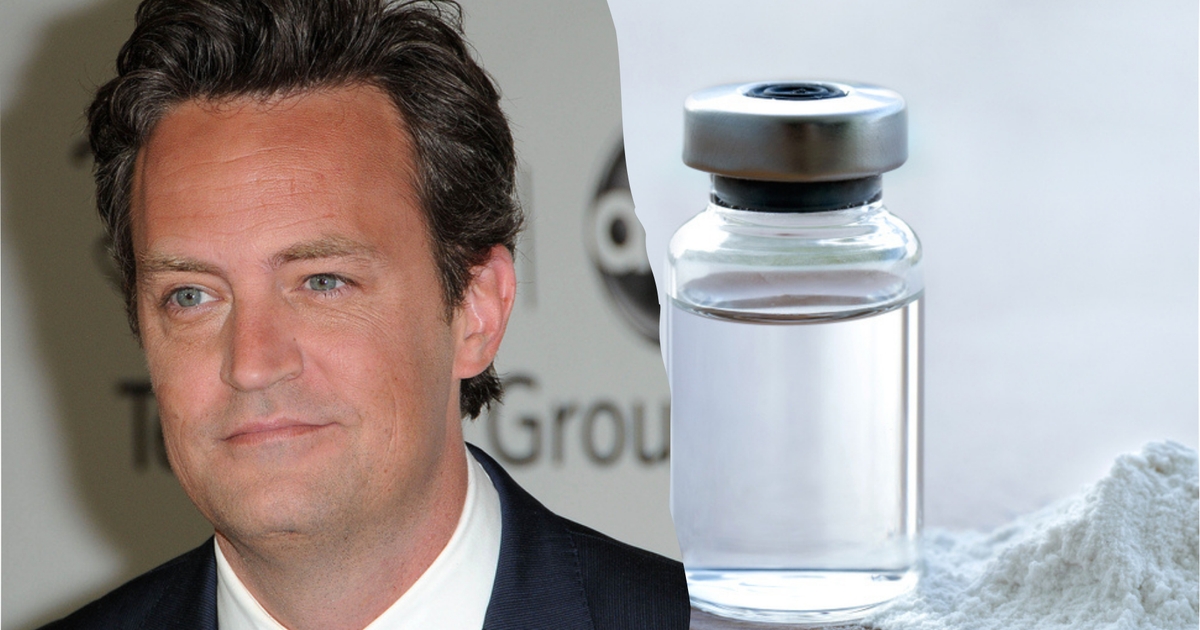


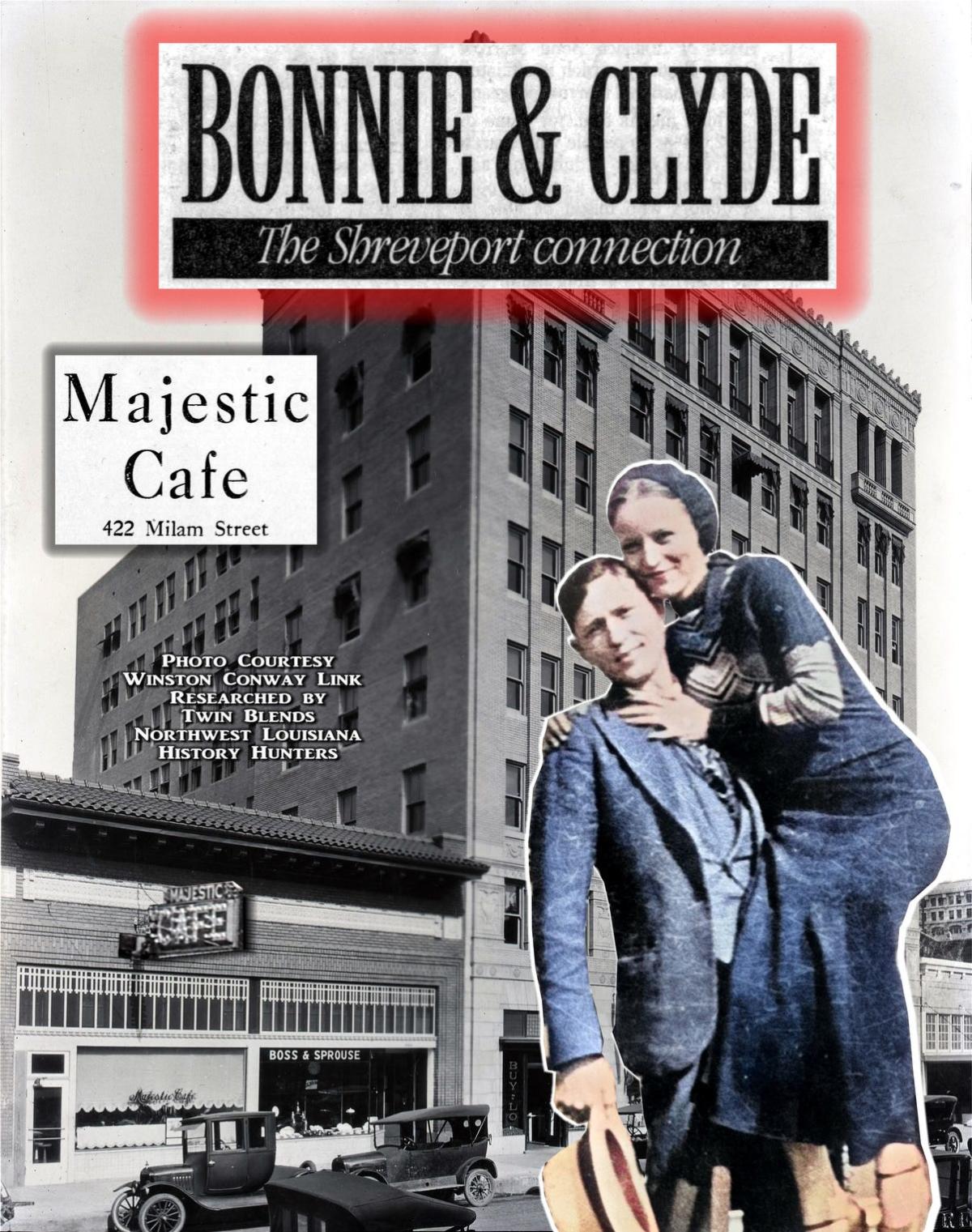
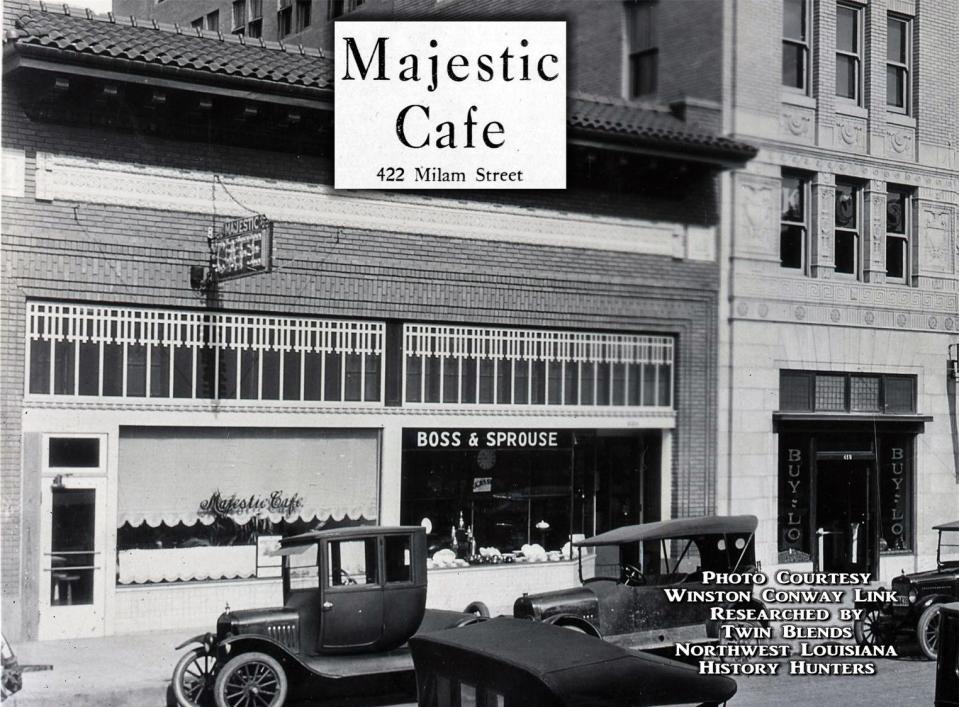
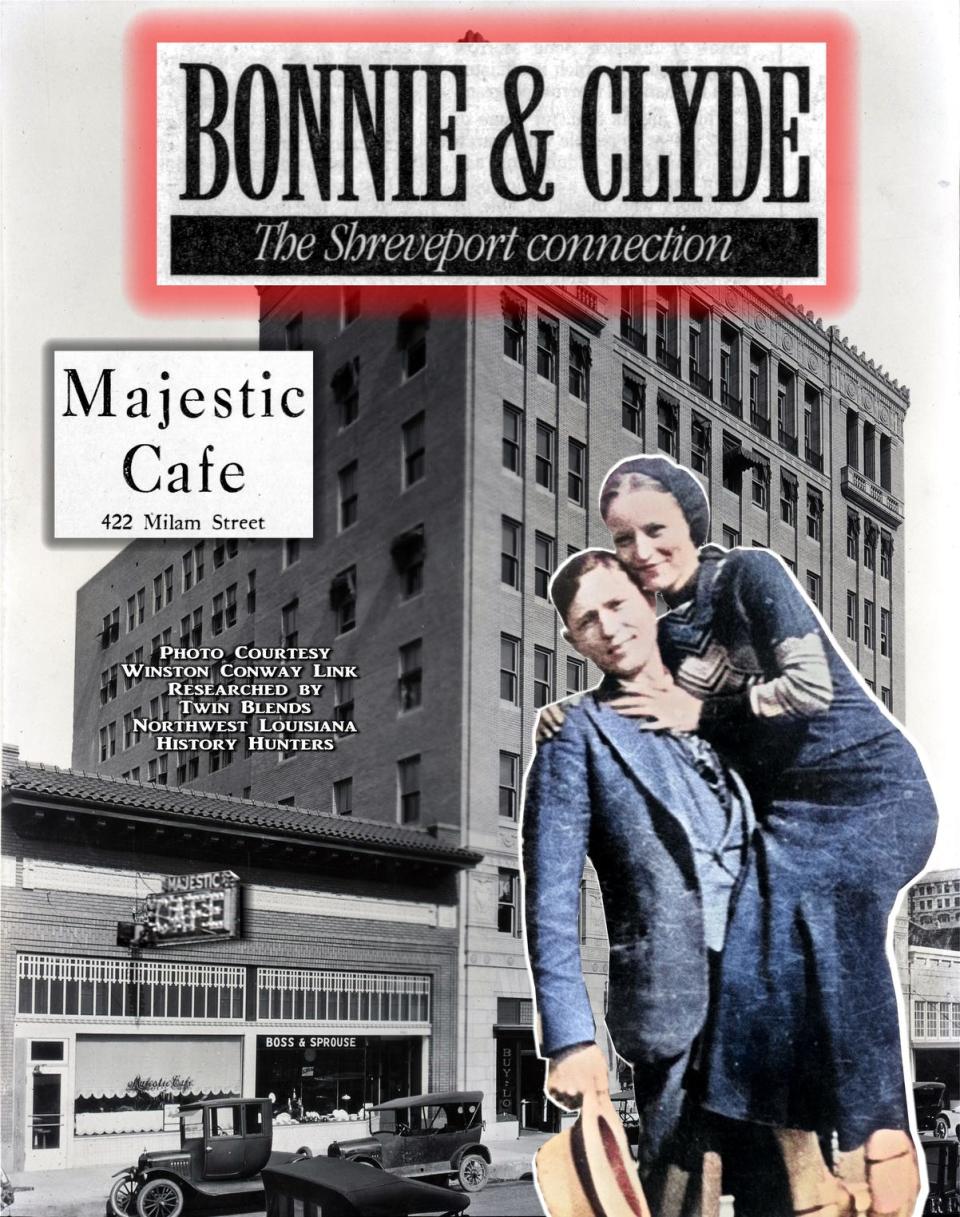







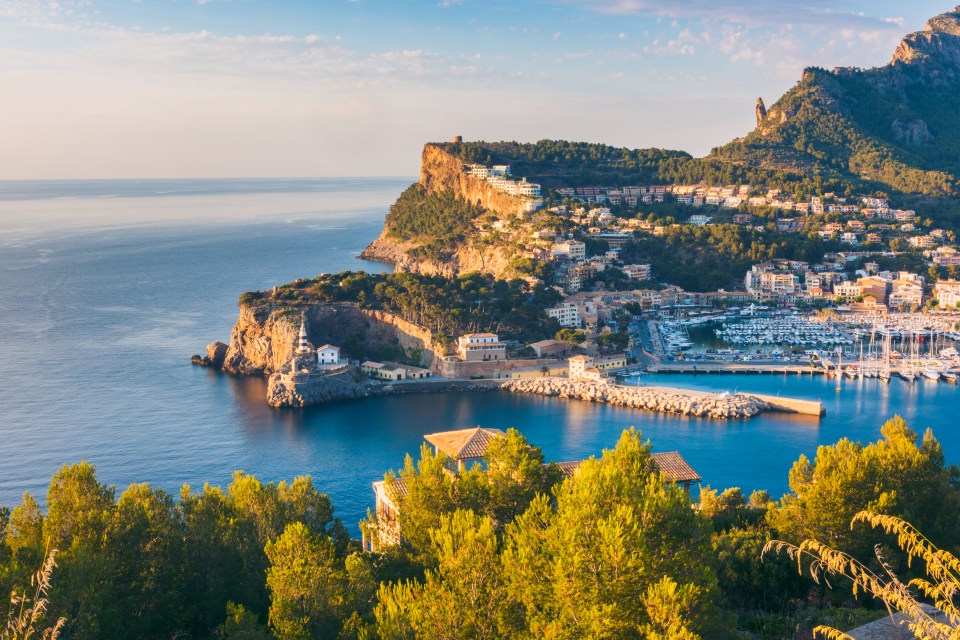
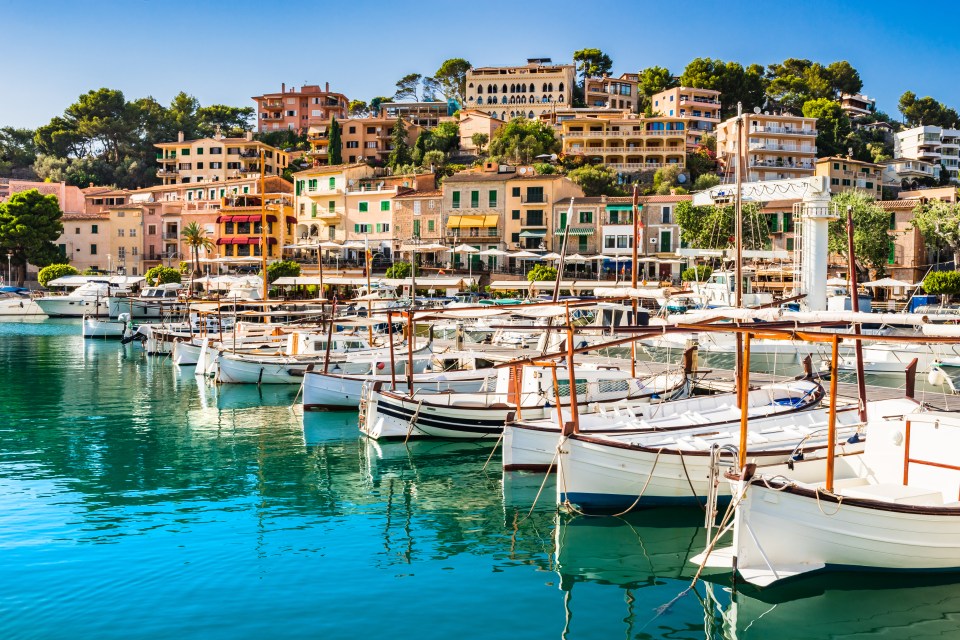































































































































You must be logged in to post a comment Login